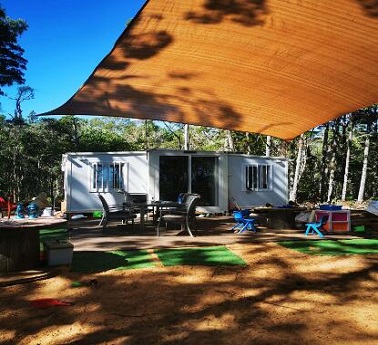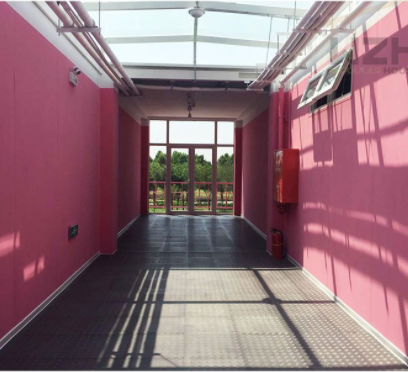Building an expandable container house is a complex project that requires careful planning, construction expertise, and adherence to local building codes and regulations. Here's a general guide on how to build an expandable container house:
Determine the purpose of your expandable container house (e.g., residential, office, or commercial).
Create a detailed design that includes the layout, dimensions, and features you want.
Consider whether you want a single expandable unit or multiple containers that can be joined together.
Check with your local authorities to obtain the necessary permits and approvals for building a container house. Regulations may vary based on your location.
Purchase the required shipping containers. Ensure they are in good condition, free from rust or structural damage. You can buy new or used containers.
Prepare the building site, ensuring it's level and adequately compacted.
Create a foundation or a concrete slab to support the containers. The foundation design will depend on the specific requirements of your project.
Cut openings for doors, windows, and any interior passageways.
Reinforce the container structure, particularly at the points where containers will expand or connect.
Weld structural elements, such as beams and columns, to support expandable sections.
Install the expandable mechanism, which can be hydraulic, mechanical, or manual, depending on your design.
Ensure that the expansion system is secure and functions correctly.
Insulate the container to regulate temperature and reduce energy consumption.
Frame interior walls, install plumbing, electrical wiring, and HVAC systems as needed.
Choose suitable materials for finishing the interior, such as drywall, flooring, and cabinetry.
Apply an exterior cladding material to protect the container from the elements and improve aesthetics.
Install a roof to prevent water infiltration.
Connect utilities, including water, electricity, and gas lines.
Ensure that sewage and drainage systems are correctly installed.
Paint or finish the interior surfaces.
Install doors, windows, and any other fixtures.
Make sure all interior systems are functioning correctly.
Landscape the area around the container house.
Apply the final exterior finishes or paint.
Conduct a thorough inspection to ensure the container house is structurally sound and compliant with local building codes.
Install safety and security features like fire alarms, security systems, and smoke detectors.
Arrange for a final inspection by local authorities to obtain the necessary approvals and certificates of occupancy.
Once you receive the necessary approvals and ensure the container house is safe and comfortable, you can move in and enjoy your expandable container home.
Building an expandable container house is a challenging project that typically requires professional assistance. It's important to work with experienced contractors and engineers who have expertise in container construction and local building regulations to ensure a successful and safe project.
 How Can We Make Container House Energy Efficient?
The growing popularity of container house in the United States means that a large number of such homes are popping up in many American cities.
How Can We Make Container House Energy Efficient?
The growing popularity of container house in the United States means that a large number of such homes are popping up in many American cities.
Aug. 10
 7 Things You Need to Consider before Buying and Building A Container House
In theory, building a shipping container home seems very simple. There are millions of redundant shipping containers in ports around the world, and they are the perfect size for a home. Unfortunately, things are never as easy as they seem at first. When b
7 Things You Need to Consider before Buying and Building A Container House
In theory, building a shipping container home seems very simple. There are millions of redundant shipping containers in ports around the world, and they are the perfect size for a home. Unfortunately, things are never as easy as they seem at first. When b
Sep. 15

WEIZHENGHENG Modular House Technology CO.,LTD provides various configurations of Flat Pack container houses. It can meet the needs of home living.
Copyright © Hebei Weizhengheng Modular House Technology Co., Ltd. All Rights Reserved |Sitemap